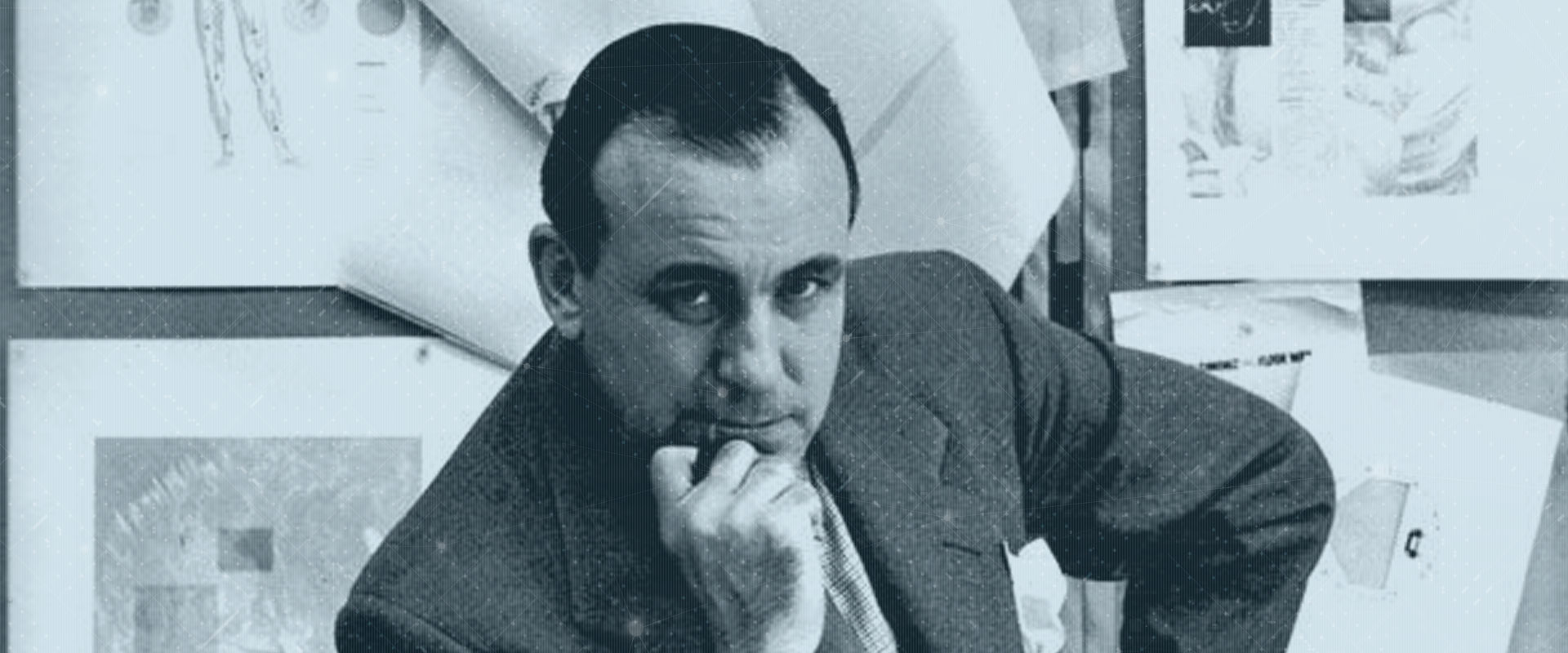In the pantheon of graphic design, Lester Beall is a name that stands out for his pioneering work in the early 20th century. An influential figure in American graphic design, Beall’s work was characterized by its bold simplicity and innovative use of visual language. In this blog post, we will explore the life, work, and enduring impact of Lester Beall on the field of graphic design.
Early Life and Career Beginnings
Lester Beall was born in Kansas City, Missouri, in 1903. He moved to Chicago in his early twenties, where he attended Lane Technical School before receiving his Bachelor of Arts degree from the University of Chicago. Beall’s early exposure to the European avant-garde movement, through magazines and exhibits, significantly shaped his design philosophy.
The Move to New York
Beall moved to New York in the 1930s, a time when American design was ripe for innovation. It was here that he began to make his mark, infusing the influence of constructivism, Bauhaus, and Dada into his work, which was a departure from the prevalent American design style of the time.
Signature Style and Notable Works
Lester Beall’s style was marked by a dynamic use of color, shape, and typography. He was not afraid to use photomontage, bold geometric forms, and stark symbolic imagery to communicate complex messages in a clear and powerful manner.
Key Contributions to Design
- Corporate Identity: Beall was one of the first in America to embrace and implement the concept of corporate identity. His work with Caterpillar Tractor Company is a prime example, creating a cohesive visual identity that was revolutionary at the time.
- Public Service Posters: Perhaps his most famous work was for the Rural Electrification Administration (REA) during the New Deal era. His posters for the REA were not only visually compelling but also instrumental in promoting the benefits of bringing electricity to rural America.
- Magazine Covers: Beall also left a significant mark on magazine design with his covers for ‘Fortune’ and ‘PM’ magazine, among others. His covers were a testament to his ability to distill a story into a single compelling image.
Innovation and Influence
Lester Beall was a master of visual problem-solving. His innovative approach to graphic design was informed by a deep understanding of the principles of modern art and a belief in the power of design to improve society.
Design Philosophy
Beall believed that a designer should be both an artist and a strategic thinker. His work often featured a combination of abstract art and practical symbolism. He was known for his ability to translate complex ideas into visual forms that were immediate and striking.
Influence on Future Generations
Beall’s influence extended beyond his lifetime through his role as a teacher and mentor. He lectured extensively and served as a role model for future generations of designers. His insistence on the social responsibilities of a graphic designer and the importance of design in communication has left an indelible imprint on the profession.
Legacy and Recognition
Lester Beall passed away in 1969, but his legacy lives on through his work and the many designers he has influenced. His contributions to the field have been recognized posthumously:
- AIGA Medal: In 1992, Beall was awarded the AIGA Medal, one of the most distinguished honors in the field of design.
- Exhibitions: His work has been exhibited in prestigious institutions, including the Museum of Modern Art in New York.
- Educational Influence: Beall’s methods and designs are still studied and admired by students and professionals alike.
Conclusion
Lester Beall was a visionary who transformed American graphic design with his innovative and bold approach. His work transcended mere aesthetics, embodying a blend of artistic expression and practical problem-solving. Today, as we look back at the legacy of Lester Beall, we are reminded of the power of design as a tool for communication, a force for social change, and a form of art that enriches our visual environment. Future designers can learn much from Beall’s approach to design as a synthesis of art, message, and purpose.

